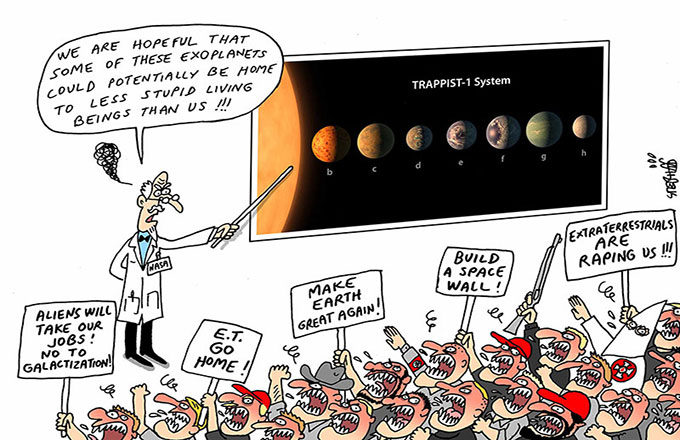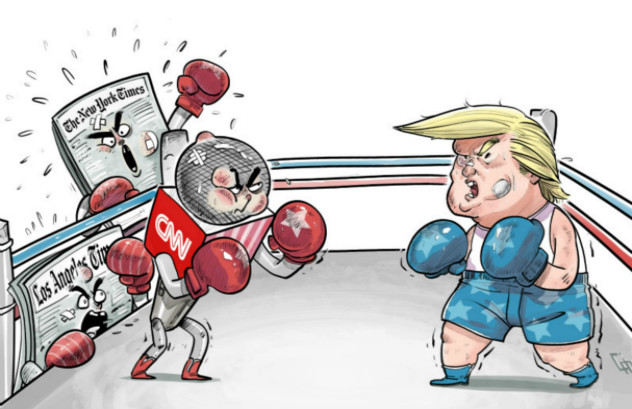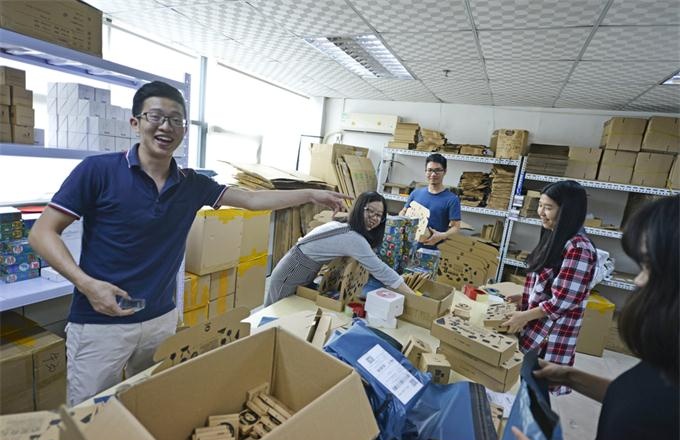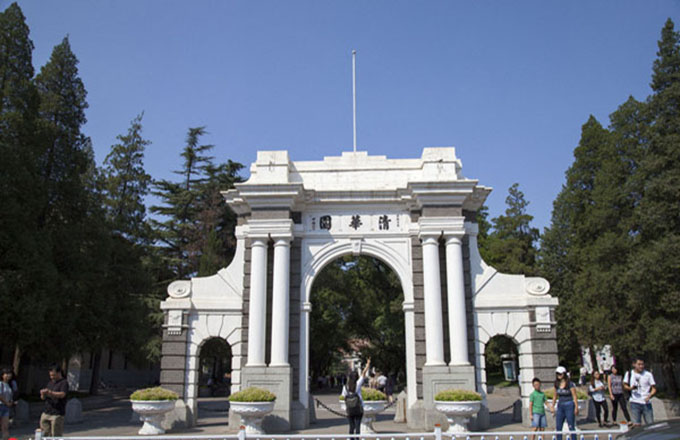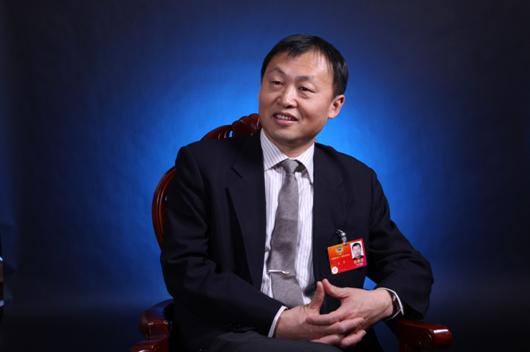Gillard visit reflects region's rising status
The new currency deal could be seen as a barometer of the high degree of the two economies' interdependence. Economic cooperation, a cornerstone of bilateral ties, has been progressing smoothly in recent years except for the row over Chinese investments in Australia. High-ranking Australian officials, Gillard included, have said the country welcomes Chinese investors, but they need to do more to match their words with action. The suspicions raised (and the restrictions imposed) by Australians from time to time have dampened Chinese investors' enthusiasm for investing in that country.
China and Australia also discussed the most sensitive issue of defense during Gillard's visit and agreed to start new initiatives between the Australian Defence Forces and the People's Liberation Army, which will include a strategic policy exchange to discuss regional security issues. The military-to-military exchanges will help build strategic mutual trust and prevent misunderstandings and misjudgments between the two countries.
Australia has played an active part in pushing forward the "pivot to Asia" strategy of the United States, although insightful people in China and Australia both have suggested that Canberra not boost its traditional alliance with Washington at the cost of its ties with Beijing. The message, it seems, has finally been heeded by Australia.
In October last year, Australia issued its "Asia century" white paper, acknowledging Asia's growing role on the world stage and saying that it was willing to engage on a broader and deeper level with the region, especially with its major players such as China and India.
The positive results of Gillard's visit to China indicate Australia is translating its vision into action. And there is every reason to believe that Beijing and Canberra are moving toward an even brighter future of cooperation.
The author is a senior writer with China Daily. E-mail: wanghui@chinadaily.com.cn
(China Daily 04/13/2013 page5)



